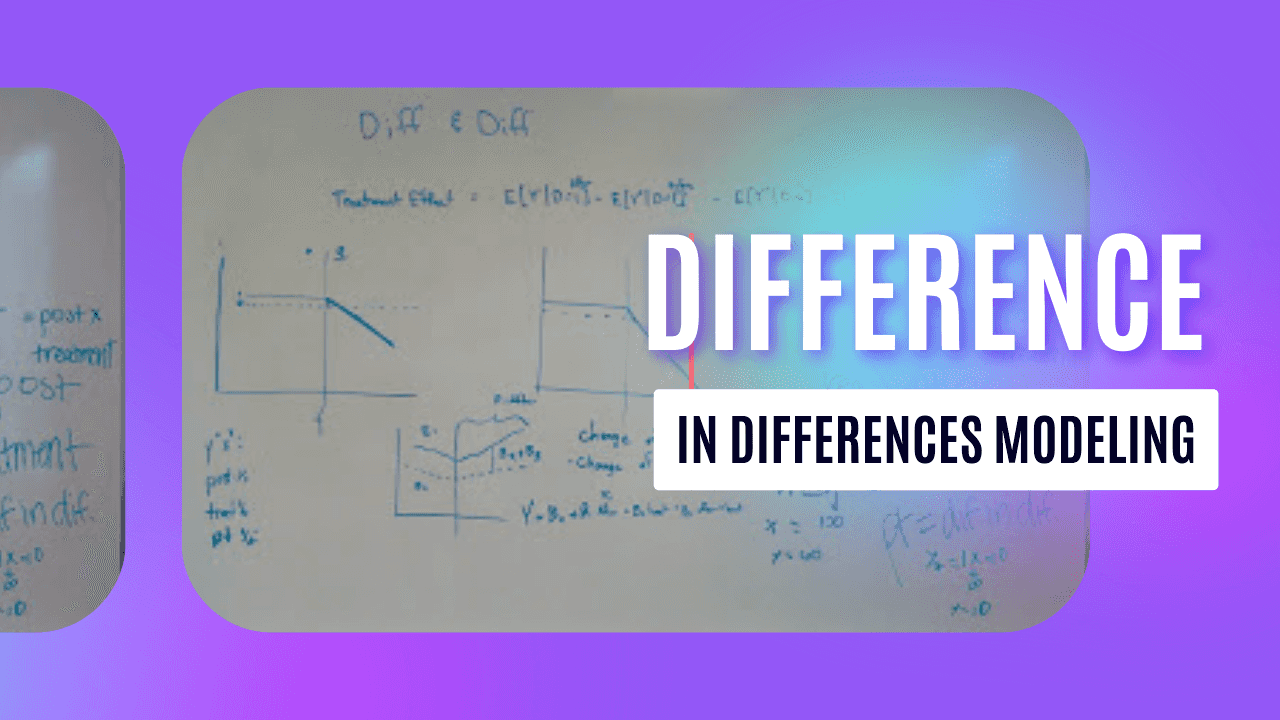
Notes on Difference in Differences Estimation
Posted: March 20, 2011
Difference in Difference Estimation:
Y = B0 + B1Post + B2Treatment + B3PostTreatment.
- Y, is the dependent variable we are interested in estimating.
- Post, is a binary dummy variable indicating whether an observation is in the post treatment period.
- Treatment, is a binary dummy variable indicating whether an received treatment or not.
- B3 is the estimator, the coefficient on Post*Treatment.
Before and After. This is a basic comparison of means for the time periods before and after treatment. For this specification we assume that Y in the post-treatment period is equal to Y in the pre-treatment period in the absence of treatment. Thus, any change in the crime rate is attributable to the treatment.
Difference in Difference. The natural extension of the before and after analysis is to include a control group for comparison. The difference in difference specification allows us to do this. We can compare Y as we did for the before and after analysis. We can also compare Ys between treated and untreated groups. To complete a difference in difference specification we use two dummy variables that partition the sample into four groups. The first dummy variable, treatment, partitions the sample in two halves based on their treatment status. The second dummy variable, post, partitions the halves in quarters based on the time period. We then interact treatment and post (PostTreatment); the coefficient on PostTreatment estimates the statistical difference in Y.